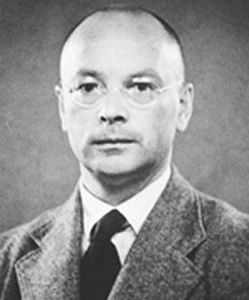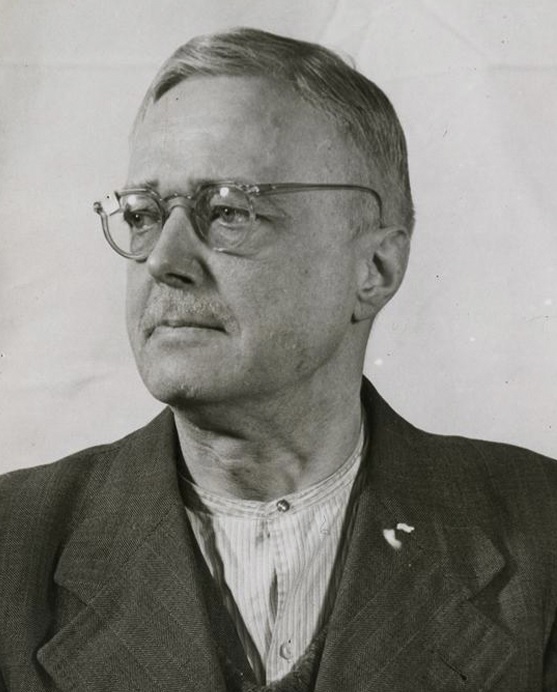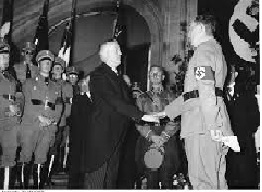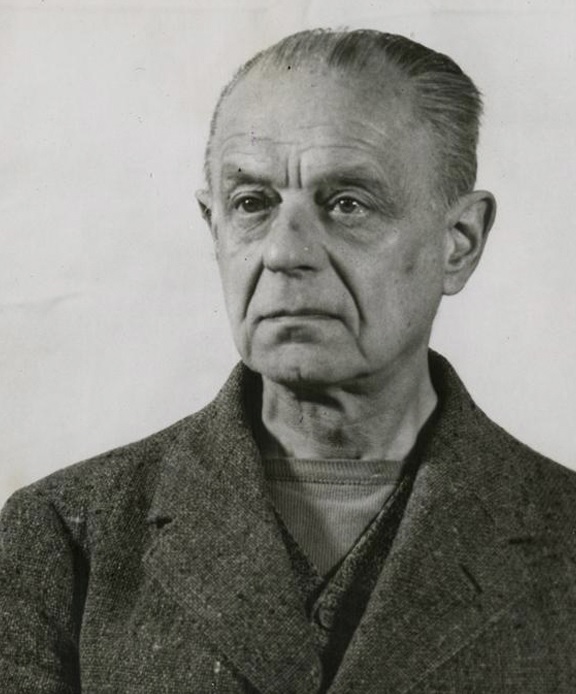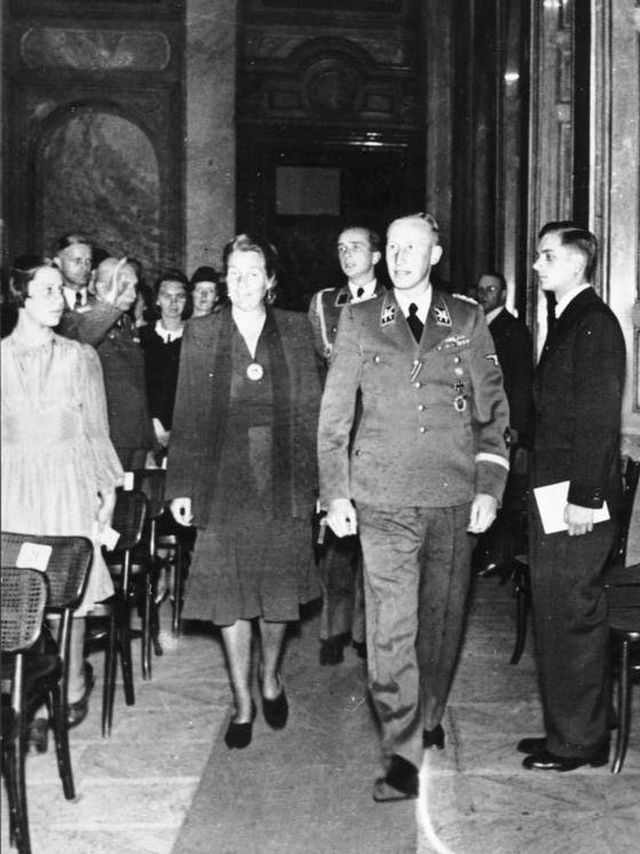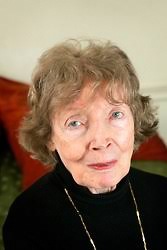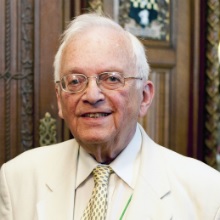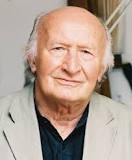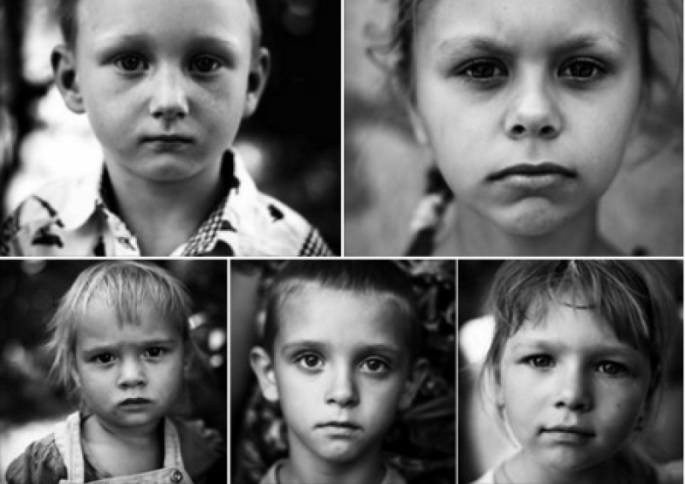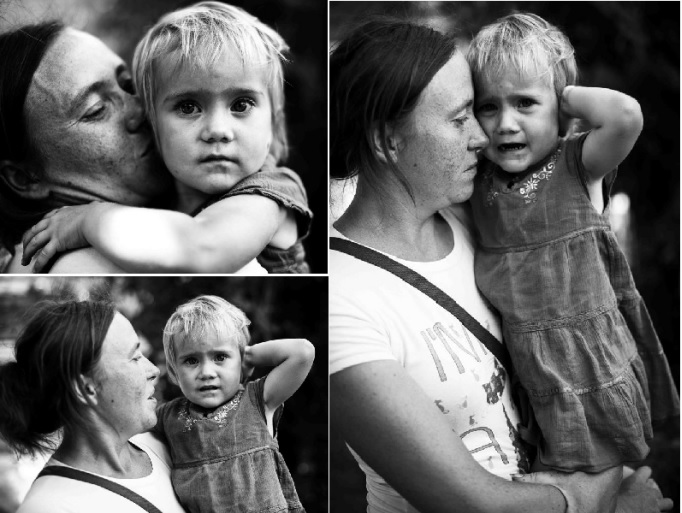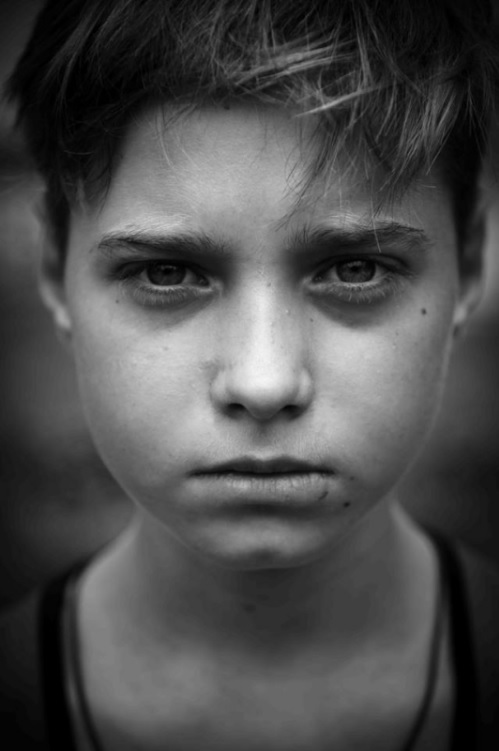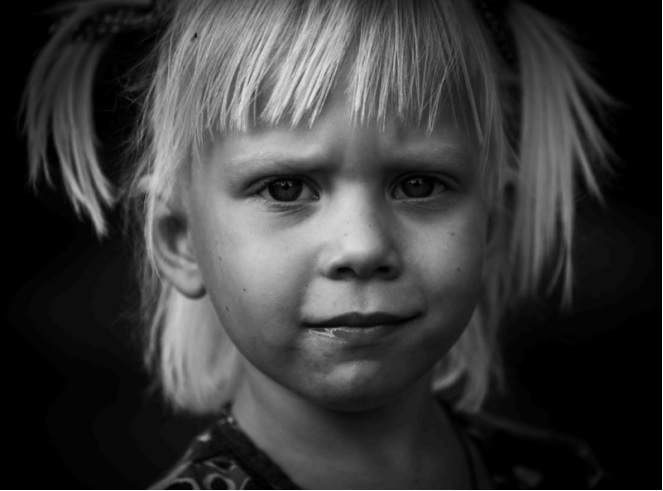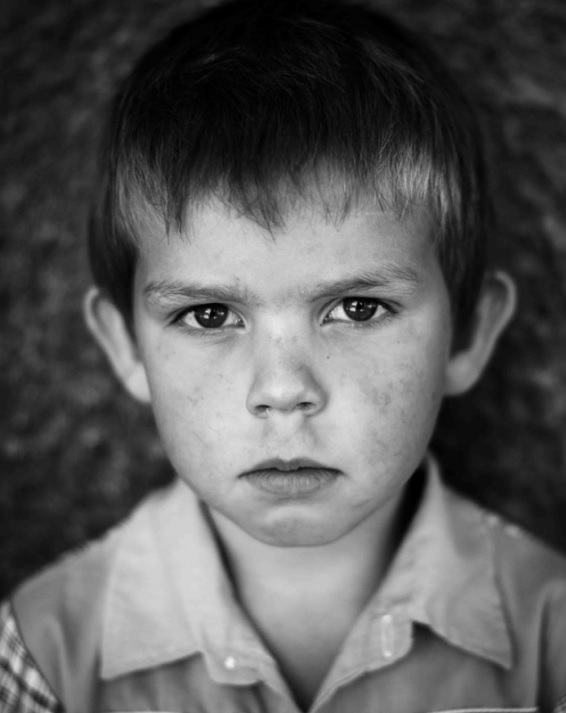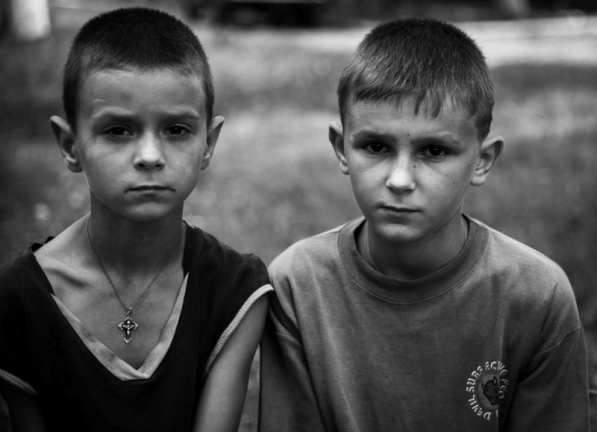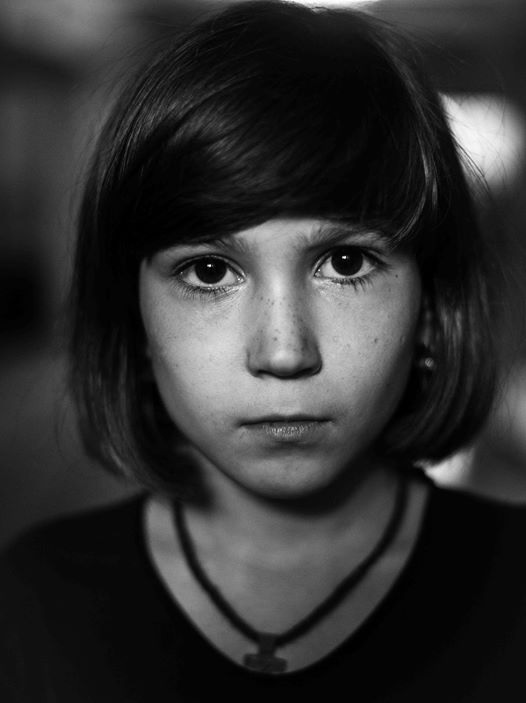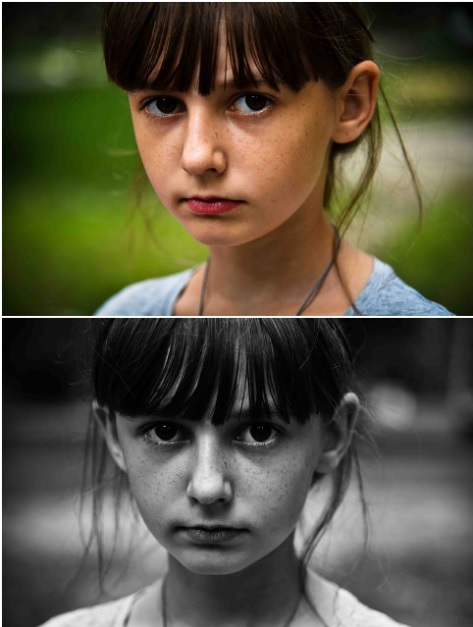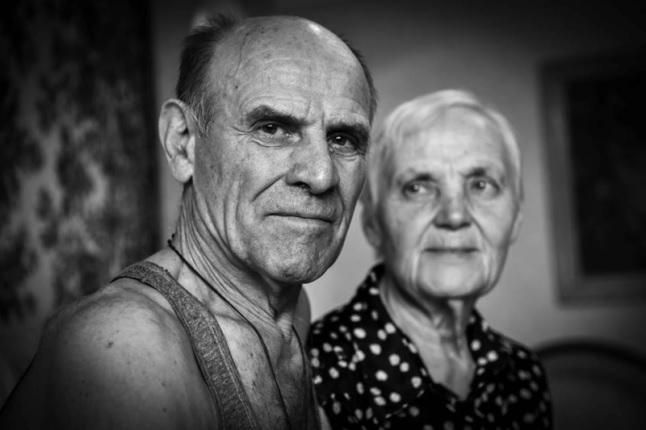Belarus is a Soviet republic that has been part of Russia centuries ago, After 1918, borders Poland on its western border, previously the Russian empire included Poland and extended to limit with Germany.
Belarus suffered enormous human and material losses. According to official figures, 2 million 200 thousand citizens were destroyed (every 4 inhabitants). Some researchers increase this number to 2.9 million people. 380,000 people were taken to forced labor in Germany, of which 260,000 did not return to their homeland, and most of them died.
 |
| Rosgachev District |
Khatyn is a town where the Germans burned all its inhabitants alive, as they did in thousands of villages.
An inscription is engraved on one of the Khatyn monuments: “We burn ourselves alive in the fire. Our request to all: that pain and sadness become a powerful power so that it can perpetuate peace and tranquility on Earth” . These words are addressed to us and to our children.
There is a very interesting book :
CRIMES GERMAN Fascist Occupants IN BELARUS 1941 – 1944 Compiled by:
- I. Beluga, N. And Kaminsky, A. L. Manaenkov,
A.V. Semenova, A.A. Factorovich, I.P. Khovratovich,
Candidate of Historical Sciences G. N. Shevela
Editors:
Candidates of historical sciences
P.P. Lipilo and V.F. Romanovsky
Bielorrusia, 1965 .– 464 p.
This book details the atrocities committed by the Germans narrated by survivors to commissions of inquiry after the populations were liberated by the Russian army.
 |
| Rosgachev District |
The No. 126 details the atrocities committed in Rogachev’s dostrict. It is very interesting because in addition to the systematic destruction of the region’s wealth and culture, it details the murder of the inhabitants by various methods, burying them alive, burning their houses with them inside, shooting them and all kinds of atrocities. And how the German assassins tried to erase the traces of their crimes when the Russian army approached.
It even has a list of the main assassins at the end of the writing.
It is a compendium of everything they did in Belarus and the areas occupied by them.
Number 126
From an act of the Rogachev district commission for the investigation of atrocities committed by Nazi invaders in the district in 1941—1943
December 15, 1944
We, the undersigned, are a commission composed of the chairman of the commission,
Secretary of Rogachev RK CP (b) B Sverdlov Samuil Monosovich, members of the commission: Chairman of the Executive Committee of the Rogachev District Council
deputies of workers Drachev Karp Mikhailovich, chairman of the executive committee of the Rogachev city Council of deputies of workers Yakutovich
Roman Grigoryevich, the prosecutor of the Rogachev district Levina Raisa Samuilovna, residents of the mountains. Rogachev: Shubin Evgeny Stepanovich, Streltsov Stepan Alekseevich, Pogulyaev Ivan Grigoryevich, Rector
Rogachev Orthodox parish priest Alexander MikhailoVich Khvedosyuk, doctor of the Rogachev hospital Anatoly Sorokoumov Ivanovich and teacher of Rogachev secondary school Fedchenko Yadvigi Alexandrovna, drew up the present act of atrocities and atrocities committed by the Nazi invaders and their accomplices civilians of the Rogachev district of the Gomel region Belorussian SSR.
On August 15, 1941, the Nazi invaders, having occupied the territory of the Rogachev district, introduced the regime of bloody terror and robbery.and violence.
During the period of occupation of the Rogachev district, German occupants destroyed and destroyed the entire industry of the region: a canned milk factory, a timber factory, a cardboard factory, a flax factory, a distillery,bakery, brick factory and 22 industrial cooperatives.
 |
| Grodno |
The Germans destroyed the city’s public utilities. In the mountains. Rogachev 1,230 homes were burned and destroyed. The invaders destroyed and destroyed Cultural and educational institutions of the region: Teacher Institute,school of tractor mechanics, school of nurses, school [for] training agricultural personnel, vocational school, [school] FZO, destroyed 51 schools, 5 orphanages, 8 kindergartens, 23 houses of social cultureand a club, the House of Pioneers, the House of party inquiry, the House of the teacher, a cinema, 52 libraries, a printing house. Germans destroyed healthcare facilities district, destroyed collective farms, state farms, MTS, burned all public
the construction of collective farms and 5,109 houses of collective farmers and individual farmers, sacked collective farm livestock, and seized livestock from 79 percent.collective farmers and individual farmers …
Nazi occupiers and their accomplices did not stop on destruction and looting. From the very first days of the occupation, they began mass extermination of peaceful Soviet citizens of all nationalities
of any gender and age by killing, executions, burning, burial alive in the ground, starvation [and other] brutal ways.
The extermination was carried out according to the premeditated Nazis plan, without investigation and trial.
 |
| Partisan hanged Minsk |
The first executions were carried out by German executioners near the sawmill, in the basements and in the courtyard of the former. central warehouse. As pointed witness Naydenova, there the Germans were shot ex. the chairman Maxim Pribylsky plant’s plant committee, employee of the district executive committee Frumenkov and many others.
In the first week of November 1941 in the mountains. Rogachev fascist barbarians committed the most bloody and atrocious crime: in a ditch behind a cardboard factory 70 meters from the river. The German executioners killed about 3 thousand Soviet citizens of Jewish nationality. By means of this wild bloodthirsty pogrom, the fascist bastards destroyed everything that was completely left in Rogachev, the Jewish population of all ages – from infants to the deep old people. Before the execution, the executioners scoffed at their victims for a long time. Fascists kept men, women and children in raw cold cellars of the former warehouse, from where they drove them every day to the hardest work. Driven by German sticks, the doomed removed stones and bricks, carried sand and water. Women and teenagers raked hands of sewage from the latrines, on which there were signs: “Only for the Germans. ”
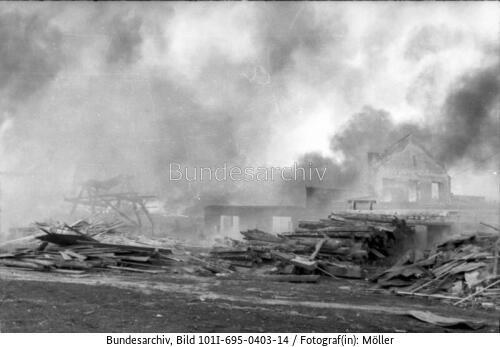 |
| Burning factories |
Mocking defenseless people in early November
Fascist cannibals drove all the Jews into the building of the former warehouses, divided the people and took them to the moat in batches. The Nazis forced their victims to lie in rows in the ditch, and then they shot them with machine guns and rifles or simply killed them with butts.
The Nazis took small children by the feet, hit their head on frozen ground and threw them into the ditch into a common pile of the dead.
In March 1942, in the same ditch, they were tortured and executed.
300 Soviet citizens of Jewish and Gypsy nationalities, gathered from all over the region. A little later, mass executions of Soviet citizens were carried out by German executioners in the Russian cemetery over the Dnieper. This terrible place Rogachev called “the valley of death.”
Here executions were carried out daily. Germans in the cemetery in advance dug a hole 3 m wide, 6 m long and 3 m deep, and when this hole filled with corpses, pulled out a new hole. There are such pits in this “valley death ”was 10.
The reprisal at the cemetery was usually carried out as follows: the Nazis led to the next well of the doomed, put them in a row and shot.
The bodies were covered with a thin layer of earth. Then another party followed, etc.
To the “valley of death” from the Gestapo building was trodden by hundreds suicide bombing track. There they shot loners, in groups of 10— 20 pax Witness Simanenko Nina says that in the “valley deaths ”, well-known residents of Rogachev Karasik, Khokhov were shot
Mikhail, teacher Andreev Grigory and others, as well as the director of the Gorodets MTS Soldatenko, chairman of the Zabolotsky village council Shevelev, Chairman of the collective farm “Revolution” Kupreev Prokop, his son Nikolai and many others
November 28, 1943 in the mountains. Rogachev the Nazis drove into the barn more 200 people and burned them alive, but those who managed to escape from the flame, they shot and threw back into the fire.
Witness Chasov Mikhail Nikolaevich, living on the street. Drutskoy, d. No. 28, says: “November 27, 1943 at 2 o’clock. of the day the Germans began to throw my property out of the barn. Nearby were carts with draws.
At 6 o’clock. in the evening a closed car came to the barn. November 28 even before dawn, I again saw a closed car. From the attic of your home I began to watch what was happening. The Germans set fire to my barn and shed my neighbor Kolesnikov Lavra. Terrible screams came from the sheds.
Suddenly I saw that a man in one underwear ran out of Kolesnikov’s barn.
The man ran stumbling. Following him, the Germans began to shoot. Person fell down. Two Germans ran up, grabbed him and dragged him, and the third was walking followed by the feet and rubbed the bloody track remaining on the road. ”
There is no village or village in the region where the fascist invaders did not commit atrocities against Soviet citizens, and some villages and their inhabitants were subjected to mass extermination or were driven into fascist slavery.
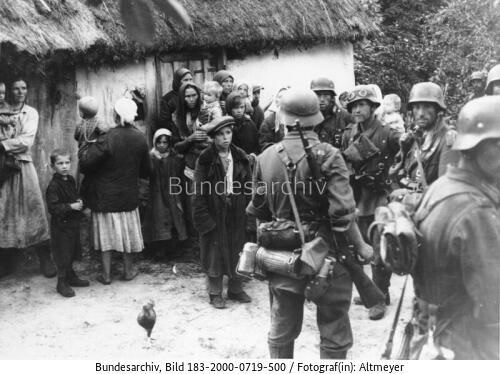 |
| Russia, search of civilians by soldiers, in Belorus there were thousands of images like this one. |
So, back in 1942, the Germans burned the village of Pakhar, and on June 12, 1943
the Germans wiped out the Molot collective farm of the Malostrelkovsky village council. Eyewitnesses of this terrible picture of Starovoitov Ignat and Stolyarov
Galina said: “Early in the morning of June 12, 1943, German punitive
detachment burst into the village. The Germans began to drive residents out of their homes,
beat with butts. 6 pax were immediately killed on the street. In the hut of Kirilenko
Isaac Germans drove 20 people. residents, shot at the unfortunate with machine guns, threw grenades at the windows, then lit them. The house burned down with people. In the hut of Stolyarov Sergey, the Germans drove 25 people. and burned too. If he who tried to escape was shot. ”
The Germans burned and looted the village. Selets Stankovsky village council, where 204 people were shot, tortured and burned alive. civilians.
Timofey, the collective farmer Muzychenko accidentally saved from death, said: “On November 2, 1943, a German punitive detachment surrounded dawn the village. The Germans broke into the village, went into the houses, butts drove residents into the street. Who did not have time to leave or fell behind shot. All villagers were driven into 2 large houses.
The Germans closed the doors, opened machine-gun fire at the windows and threw grenades, and then lit the houses. The unfortunate residents who jumped out of the windows and tried to flee were shot by the Germans. After the fire on the streets there were only smoldering firebrands
and charred corpses of the inhabitants. ”
 |
| Russia, civilians on the run |
Unheard of atrocities were committed by German occupiers in the Tikhinichsky village council. Here, on October 13, 1943, a German detachment of 65 men, armed with machine guns, machine guns and mortars, accompanied by a tank, broke into the village. Tolochkov. The Germans dispersed through the village, became kill everyone who catches your eye.
On the same day, 100 people. Germans broke into another locality
Tikhinichsky village council – der. Mortkovo. The village was burned, and all residents who were at home were shot.
Resident of the village The Germans put the old village of Vikhrov Mikhail Borisovich in a cage where there were German shepherds. Vikhrov sat with the dogs for a day, and then he was taken to the railway and shot.
Stepanchikov Ivan Korneevich, resident of the village Old Mazolov, the Germans tied their legs to the sleigh, harnessed the horse and dragged until until he passed out, and then killed with a hammer.
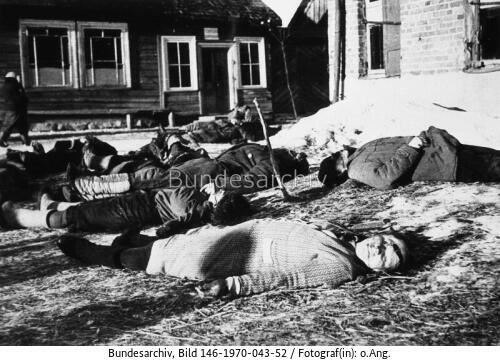 |
| Dead civilians near Minsk |
October 13, 1943 German punitive detachment in the amount of 100 people.
surrounded der. Falevichi of the Krushinovsky Village Council, burned the village and exterminated the villagers in the amount of 235 people.
In Rogachev, Gadilovichi and the Palace there were camps for prisoners of war of the Red Army captured by the Red Army, the German executioners cruelly mocked, starved and cold. Every day from the corpses carried out the corpses of prisoners of war of the Red Army.
In the long chain of crimes of the Nazi invaders, a special place is occupied by the forcible deportation of Soviet citizens to Germany, their brutal exploitation and systematic extermination. Germans arranged uniform raids on people in the village and the city. They broke into villages and took able-bodied adults and youth. In the city, there were people in homes, institutions, the bazaar, and even in movie theaters; they put them in cars, drove them to the railway station, loaded them into freight cars and took them to Germany.
Hitler’s killers tried their best to hide their traces crimes.
In 1942, in the spring, as shown by numerous witnesses of the mountains. Rogachev, the water eroded the moat, where there were more than 3 thousand corpses. Corpses swam in the river Drift. The Germans mobilized the entire population to catch swimming corpses with hooks and just with their hands, forced to bury again.
In December 1943, before retreating from the city, the Germans rummaged the whole ditch to hide the traces of his atrocities. And from the earth were dug all decomposed corpses, skeletons, bones and stacked in such stacks way: a series of corpses and bones, and on it – a series of logs. These piles were doused with kerosene, tar and ignited. Tr and day and three nights far was visible fire. The Germans did not allow anyone to tear. Produced in November and in December 1944, thorough inspections of the places of mass extermination of Soviet citizens by a special commission discovered sites in the ditch and in the cemetery, loaded with a layer of 40 cm, consisting of the remains of fired bones, ashes, lumps of very humus, residues metal parts of clothing: hooks, buttons, buckles from trousers, etc.
Despite all the tricks of the German invaders to hide traces their bloody crimes, based on statements by Soviet citizens, the interrogation protocols and testimonies the commission established that during the period of occupation of the territory of Rogachev district by German the invaders,were shot, hanged, burned alive and tortured 6 353 people peaceful Soviet citizens. The case materials are attached
lists of names for 2,225 people *, and the names of the rest are currently not possible to establish. 1 478 people were driven into German slavery. Lists attached for 1312 people. *, and the names of the rest could not be established.
Based on statements by Soviet citizens, interrogation protocols and testimony the commission found that the destruction in the mountains. Rogachev, villages and villages of the Rogachev district, the total robbery of the population, the mass extermination of peaceful Soviet citizens took place with the personal participation and direct leadership of the commandant
German Field Commandant Major Merlot, his deputy. major
Diller, commandant of the city commandant’s office of Lieutenant Rudolph,
Commissioner for Agriculture, Captain Zipkeh (large German landowner), Gestapo chief Lieutenant Mentrop, district ** agricultural commandant Bush (landowner), his deputy. Major Rolke Anthony (landowner), head of the central trading Bushman Society (Berlin entrepreneur), his deputy. Cresse, Chef Shturbana, Lieutenant Moor. About which this act is drawn up.
Chairman of the Commission Sverdlov;
members of the commission:
9 signatures are illegible
Signature assures
Chairman of the Rogachev Executive Committee
District Council of Workers’ Deputies Drachev
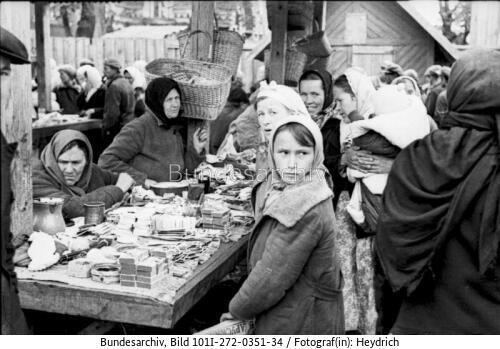 |
| Civil population in Borisov |


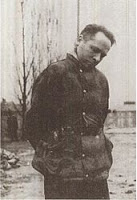
















































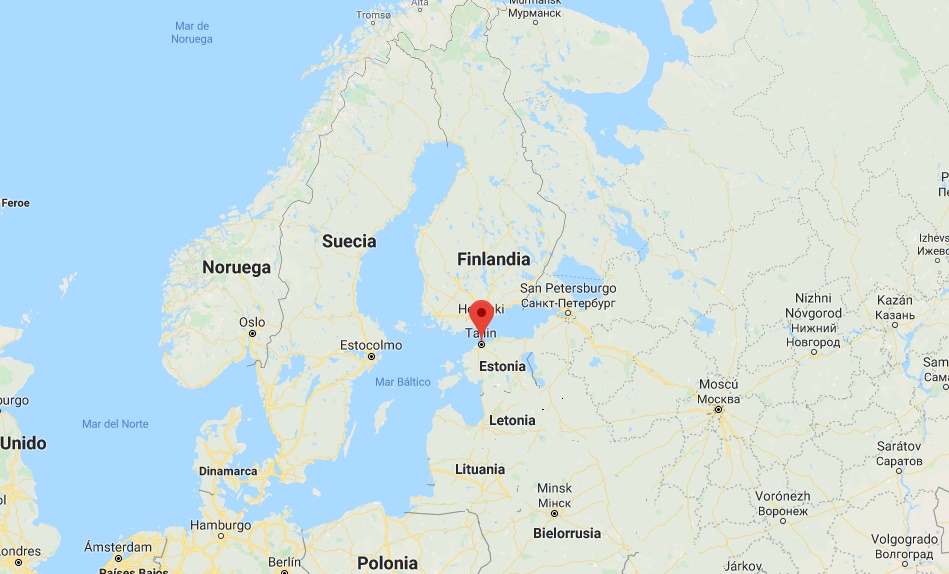

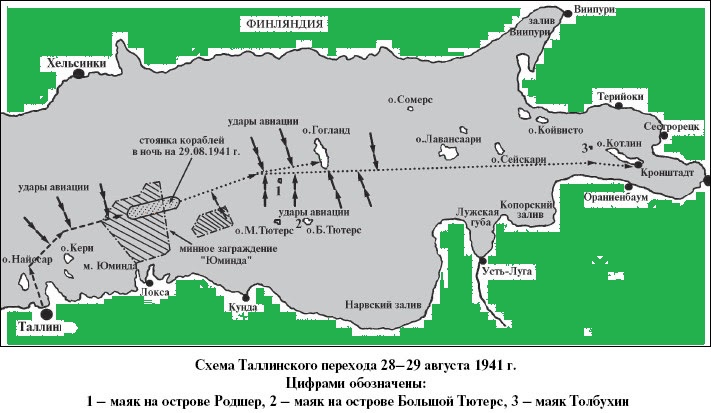

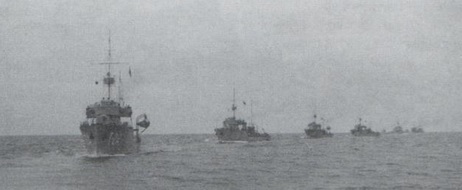

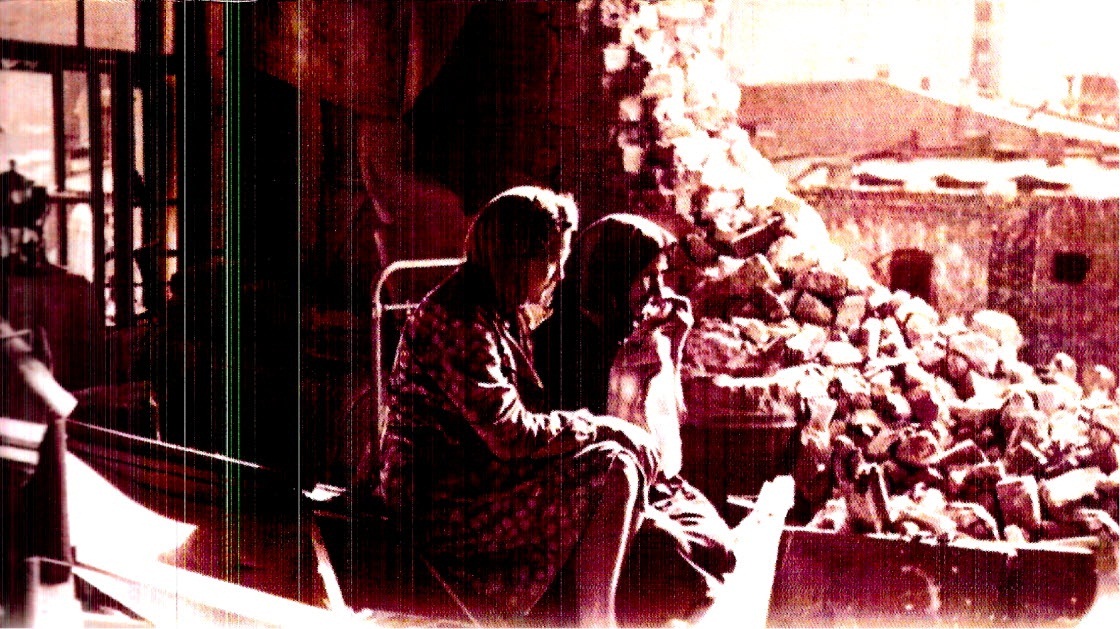












 E
E W
W



 Ku
Ku Fra
Fra
















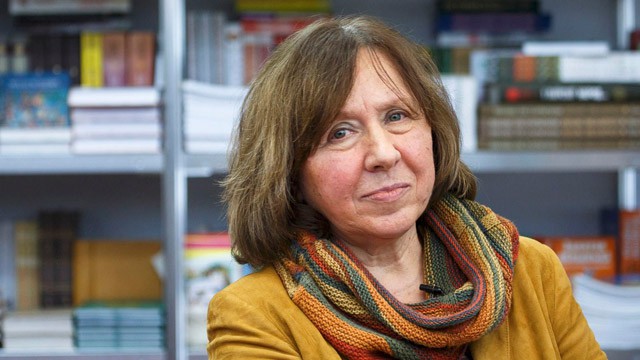
![Location of àBelarusàà(green)in Europeàà(dark grey)àâÂÂà[Legend]](https://upload.wikimedia.org/wikipedia/commons/thumb/a/af/Europe-Belarus.svg/250px-Europe-Belarus.svg.png)



